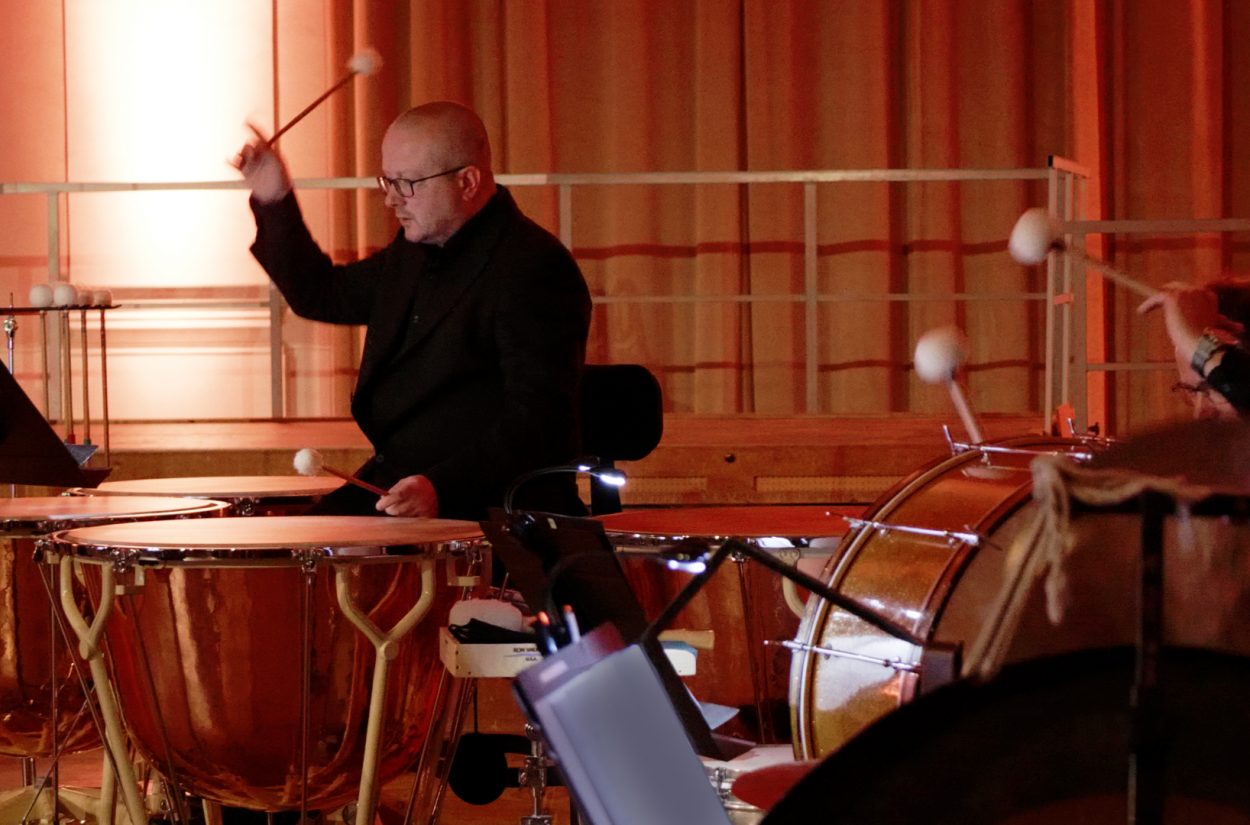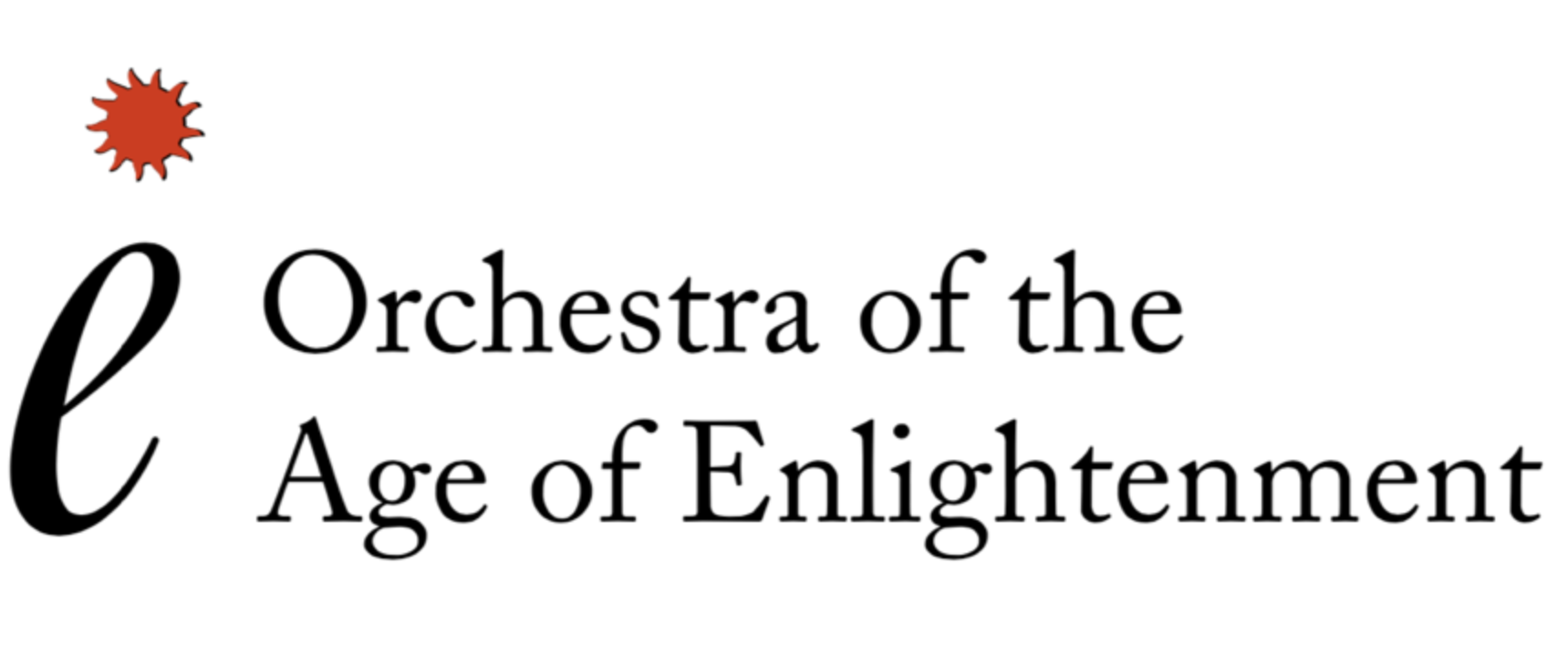Embers of Romanticism 3 February 2021

Announcing new film of luxury arrangements
During the Spanish Flu outbreak of 1918-2020 large gatherings, while not prohibited, were risky. In response to this challenge, the Society for Private Musical Performances encouraged the practice of taking large scale compositions and arranging them for smaller ensembles. These were known as ‘reductions’, some of its best-known reductions are works by Mahler like Das Lied von der Erde and his Symphony 4.
The arrangements that we will premiere on 10 February loosely fit into this ethos but are more specifically chosen for their association to Thomas Mann’s late novel Doktor Faustus, so Wagner is a must as the composer who supposedly precipitated the crisis in the direction of music with his Tristan und Isolde. In reality, as many musicologists have pointed out, the enigmatic ‘Tristan chord’ is not so unique in its mere appearance but in the way in which the composer expertly used its neutrality to pivot the harmony in many unexpected directions. His Vorspiel to the 3rd Act of Die Meistersinger also displays his consummate ability to manipulate expectation with both chromatic harmony, reference to ancient fugal techniques and (somewhat anachronistic) chorales and is described in all but name in Mann’s novel.
"During the Spanish Flu, a trend emerged to arrange big music for small bands, these were called 'reductions' "
Hans Pfitzner’s opera (or musical Legend as he preferred it) Palestrina fascinated Mann. He attended three consecutive performances and discussed its similarities with Die Meistersinger with the composer. Palestrina is a work which epitomises the dying embers of Romanticism and is heard very rarely now. Act 2 Vorspiel is a tumultuous representation of a 16th Century Trentine Council debating the future of music itself!
Richard Strauss’ Salome is an extraordinary work the premiere of which was attended not only by many famous composers of the time including Mahler and Webern but also Mann’s fictional Adrian Leverkuhn who stops off on his fateful journey to Hungary in his obsessive pursuit of the woman who will seal his fate. This short interlude is a 3-4 minute outburst of pure rage, Salome having been rejected and cursed by John the Baptist who will not even look at her, and returns down into the cistern where he is imprisoned.
Anton Webern’s Passacaglia was the first piece to which he wished an opus number. The form is an eight-bar repeating motif which becomes more and more obscure and hidden, but there is something inexorable about the way in which the music returns so often to the same notes while departing for short periods on huge flights of expression. Inspired by similar forms such the finale of Brahms’ Symphony 4 and in the same key as Bach’s famous Chaconne, it is the only work by Webern that has a firm foot in Romanticism although one can hear his delight in playing with tiny motivic cells, a trait in which he emulated Mahler’s Das Lied.
The reductions that you will hear in the film were expertly arranged by OAE Principal Horn Roger Montgomery and they can be best described as luxury versions. The wind instruments more than cover the requisite colour of any original solo line and there is something so spirited in the way that each string player represents a whole string section.
“Some of the more tricky arrangement decisions arose where whole sections of divisi instruments in the original have to be catered for. For example, in the Meistersinger, the horn quartets of the original are here given with the two horns taking the outer part and clarinets and bassoons the inner ones. Similar choices had to be made when possible when reducing the huge forces of Salome (including 8 Clarinets and 6 horns) and Palestrina (4 trumpets, 6 horns, 4 trombones). Keeping the original timbre on the top line and substituting others who are at ease in the right register prevents similarity in the sound of chordal accompaniments but in arranging these two really large pieces I added an optional piano part to give more orchestral weight to the overall effect.
Roger Montgomery, OAE Principal Horn continues:
“I was really excited and also nervous about hearing the first sounds at the rehearsal. I am so grateful to everyone who has put their trust and effort behind this project.”
The title of the film ‘Embers of Romanticism’ is an adaptation of Mann’s description of this era of music where he talks of the dying embers of the world of Goethe and Dürrer with its Faustian overtones.
"These luxury arrangements were expertly crafted by OAE Principal Horn Roger Montgomery "
Embers of Romanticism
WEBERN Passacaglia
WAGNER Prelude and Liebestod from Tristan and Isolde
PFITZNER Palestrina Act 2 Vorspiel
STRAUSS Salome (excerpt)
WAGNER Meistersinger Act 3 Vorspiel
Geoffrey Paterson conductor
This film will premiere from Wednesday 10 February 2021 | 8PM GMT


